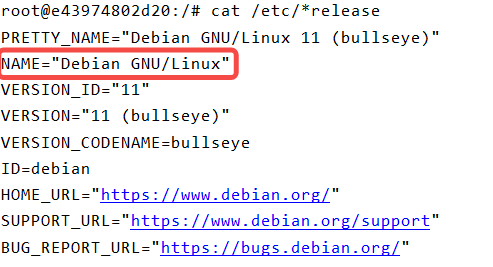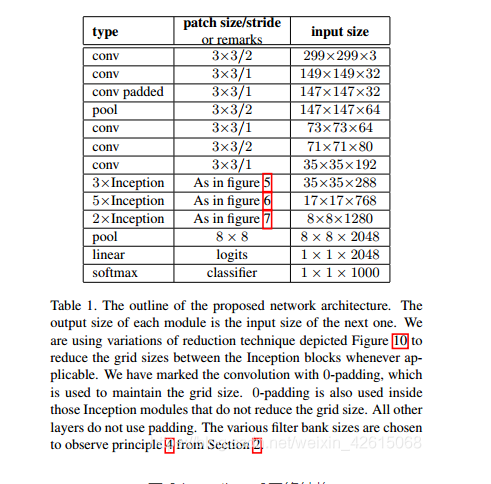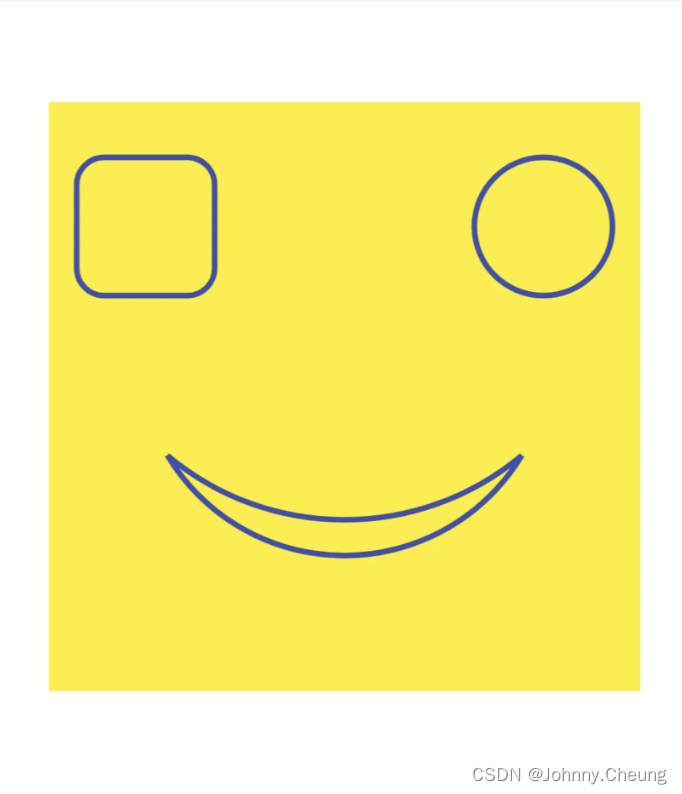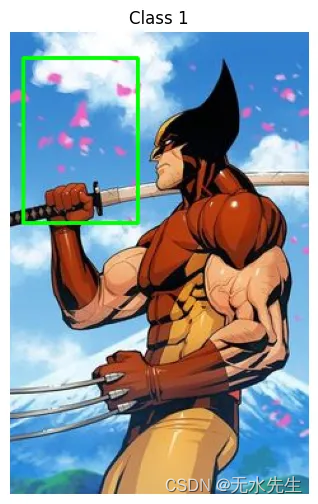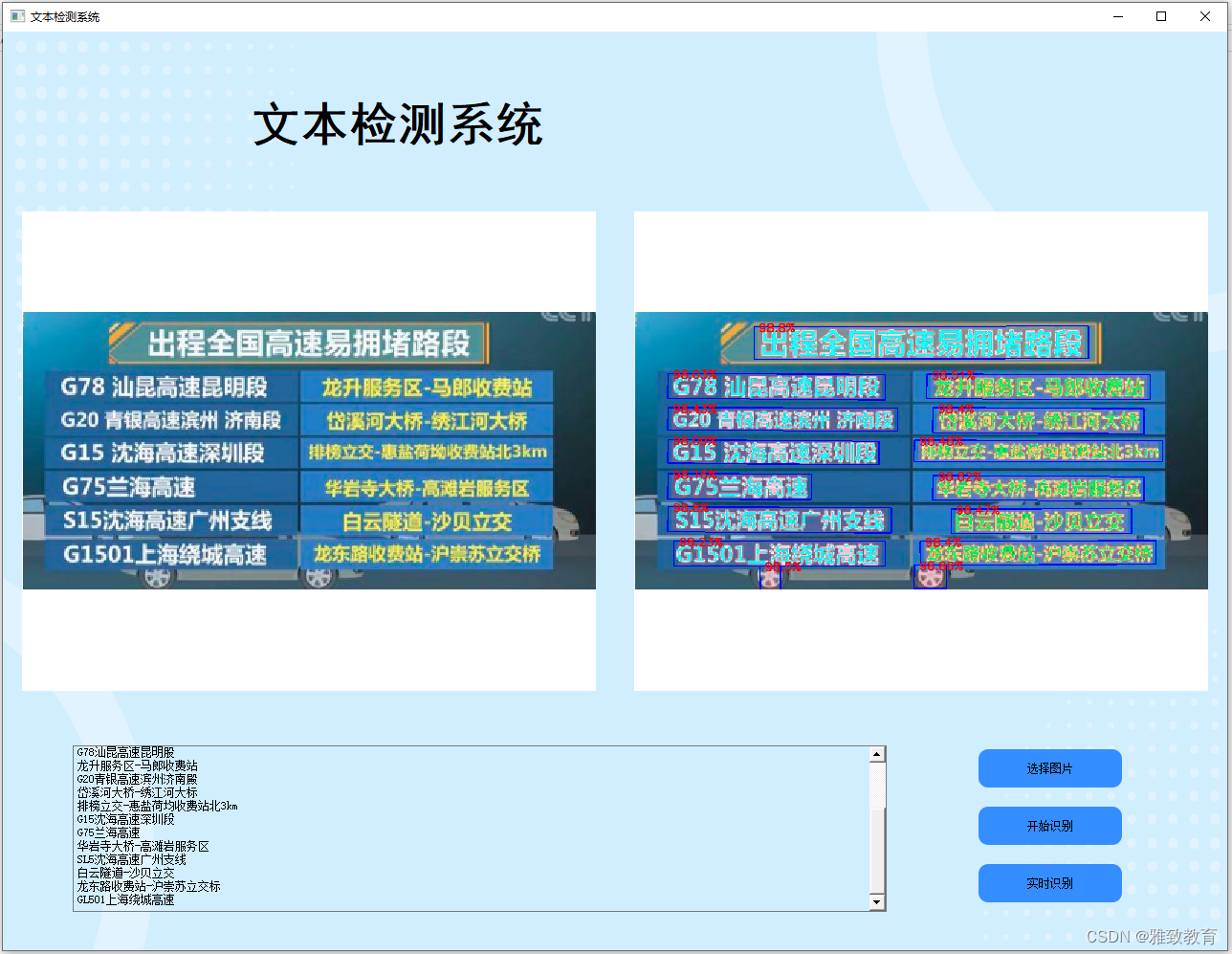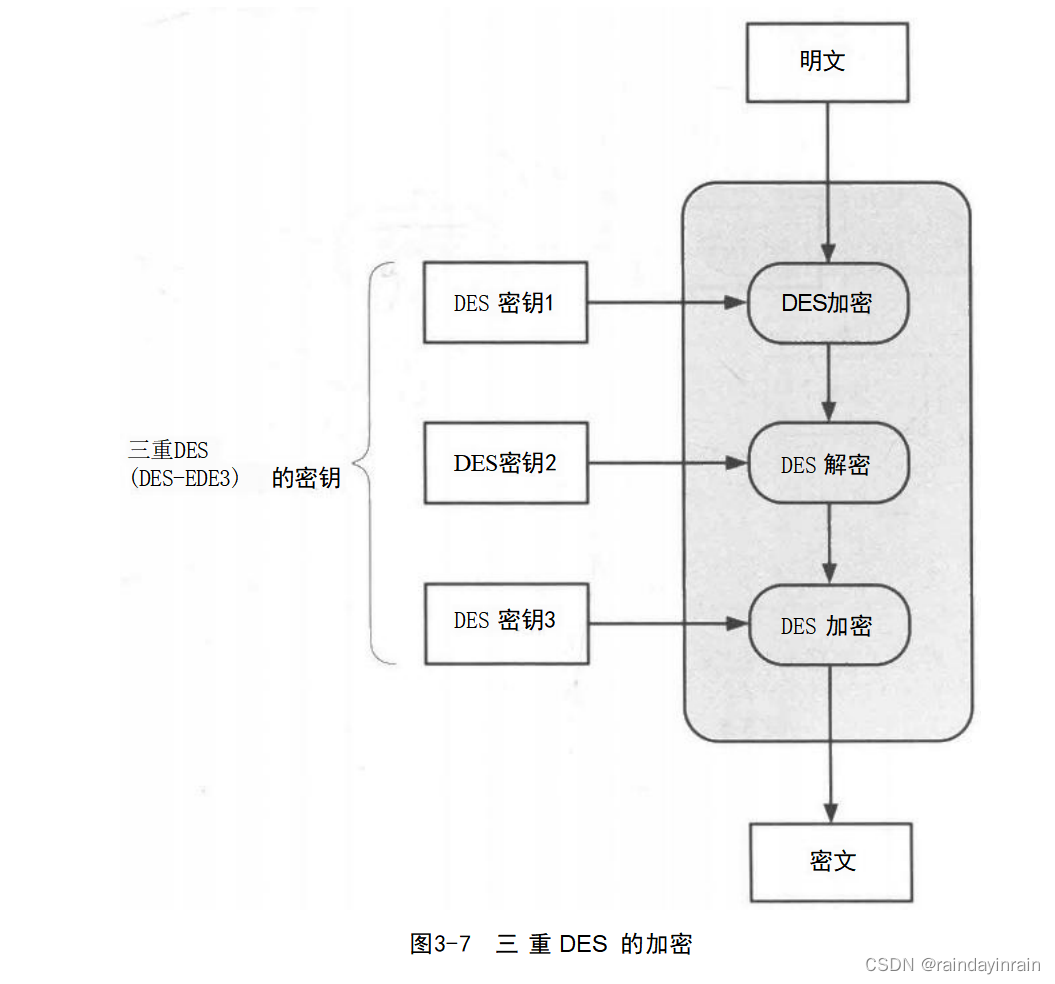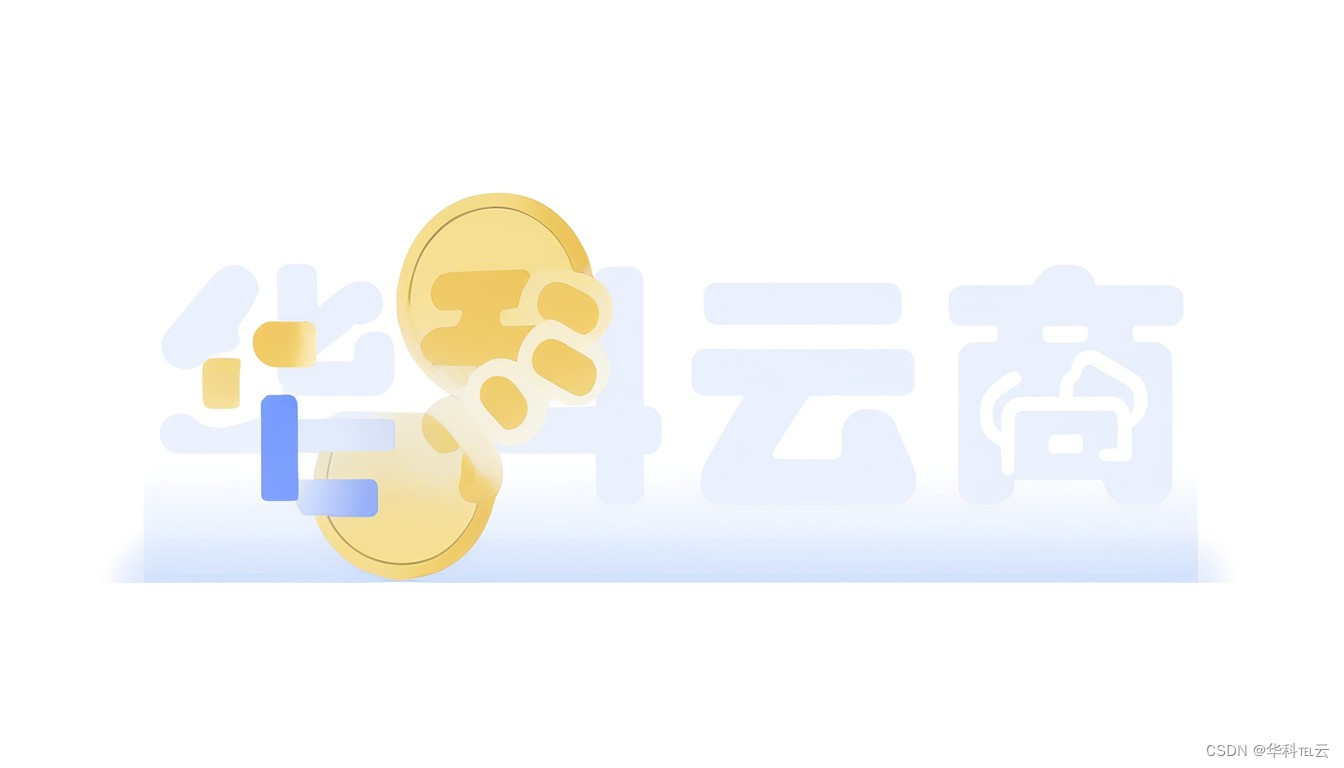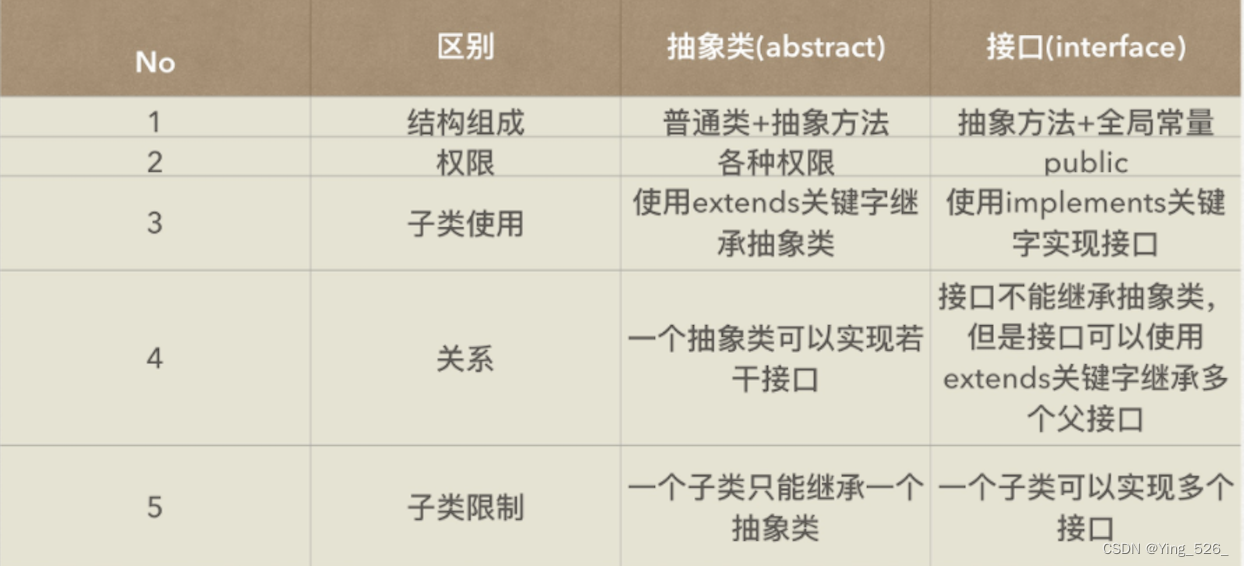目录
一、题目
二、解决方法
三、改进

一、题目
背景: 在一个城市中,有数个交通节点,每个节点间有双向道路相连。每条道路具有一个初始权重,代表通行该路段的成本(例如时间、费用等)。随着时间的变化,道路的权重可能会发生变化,比如由于交通堵塞或道路维修。
问题: 设计一个算法,以处理以下两种类型的查询:
- 更新查询:给定两个节点及新的权重值,更新这两个节点之间道路的权重。
- 最短路径查询:给定两个节点,找出这两个节点之间的最短路径及其权重。
输入格式:

输出格式:
- 对于每个最短路径查询,输出一个整数,表示最短路径的权重。如果两个节点之间没有路径,则输出
-1。
实际应用: 这个问题可以应用于交通管理系统,例如实时更新交通状况并为司机提供最优路线。也适用于网络数据流量管理,其中节点代表数据中心,道路代表连接它们的网络。
挑战:
- 设计一个高效的数据结构来存储和更新节点间的道路权重。
- 实现一个算法来快速回答最短路径查询,考虑到道路权重可能频繁变化。
二、解决方法
解决:
为了解决这个动态路径分析问题,我们可以采用以下策略:
- 数据结构:使用邻接表来表示图,其中每个节点都有一个列表存储它与其他节点的连接及其权重。
- 路径更新:对于更新操作,我们只需要修改邻接表中对应的权重。
- 最短路径查询:使用 Dijkstra 算法来找到最短路径。由于权重可能会频繁变化,我们在每次查询时都从头开始执行 Dijkstra 算法。
C++实现:
#include <iostream>
#include <vector>
#include <queue>
#include <climits>
using namespace std;
typedef pair<int, int> pii; // pair of (weight, node)
class Graph {
int V; // Number of vertices
vector<vector<pii>> adj; // Adjacency list
public:
Graph(int V) : V(V), adj(V) {}
void addEdge(int u, int v, int w) {
adj[u].push_back({w, v});
adj[v].push_back({w, u}); // For undirected graph
}
void updateEdge(int u, int v, int w) {
// Update weight for edge u-v
for (auto &p : adj[u]) {
if (p.second == v) {
p.first = w;
break;
}
}
for (auto &p : adj[v]) {
if (p.second == u) {
p.first = w;
break;
}
}
}
int shortestPath(int source, int destination) {
priority_queue<pii, vector<pii>, greater<pii>> pq;
vector<int> dist(V, INT_MAX);
pq.push({0, source});
dist[source] = 0;
while (!pq.empty()) {
int u = pq.top().second;
pq.pop();
for (auto &[w, v] : adj[u]) {
if (dist[v] > dist[u] + w) {
dist[v] = dist[u] + w;
pq.push({dist[v], v});
}
}
}
return (dist[destination] == INT_MAX) ? -1 : dist[destination];
}
};
int main() {
int N, M, u, v, w;
cin >> N >> M;
Graph g(N);
for (int i = 0; i < M; ++i) {
cin >> u >> v >> w;
g.addEdge(u, v, w);
}
// Queries
char queryType;
while (cin >> queryType) {
if (queryType == 'U') {
cin >> u >> v >> w;
g.updateEdge(u, v, w);
} else if (queryType == 'Q') {
cin >> u >> v;
cout << g.shortestPath(u, v) << endl;
}
}
return 0;
}
Python:
import heapq
class Graph:
def __init__(self, V):
self.V = V
self.graph = {i: {} for i in range(V)}
def add_edge(self, u, v, w):
self.graph[u][v] = w
self.graph[v][u] = w
def update_edge(self, u, v, w):
if v in self.graph[u]:
self.graph[u][v] = w
if u in self.graph[v]:
self.graph[v][u] = w
def shortest_path(self, source, destination):
dist = [float('inf')] * self.V
dist[source] = 0
pq = [(0, source)]
while pq:
d, u = heapq.heappop(pq)
if d > dist[u]:
continue
for v, w in self.graph[u].items():
if dist[u] + w < dist[v]:
dist[v] = dist[u] + w
heapq.heappush(pq, (dist[v], v))
return dist[destination] if dist[destination] != float('inf') else -1
# Example usage
g = Graph(N) # N is the number of vertices
# Add edges and handle queries similarly to the C++ example
JAVA:
import java.util.*;
public class Graph {
private int V;
private Map<Integer, Map<Integer, Integer>> adj;
public Graph(int V) {
this.V = V;
this.adj = new HashMap<>();
for (int i = 0; i < V; i++) {
adj.put(i, new HashMap<>());
}
}
public void addEdge(int u, int v, int w) {
adj.get(u).put(v, w);
adj.get(v).put(u, w);
}
public void updateEdge(int u, int v, int w) {
if (adj.get(u).containsKey(v)) {
adj.get(u).put(v, w);
}
if (adj.get(v).containsKey(u)) {
adj.get(v).put(u, w);
}
}
public int shortestPath(int source, int destination) {
int[] dist = new int[V];
Arrays.fill(dist, Integer.MAX_VALUE);
dist[source] = 0;
PriorityQueue<int[]> pq = new PriorityQueue<>(Comparator.comparingInt(a -> a[1]));
pq.add(new int[]{source, 0});
while (!pq.isEmpty()) {
int[] current = pq.poll();
int u = current[0];
if (u == destination) {
break;
}
for (Map.Entry<Integer, Integer> entry : adj.get(u).entrySet()) {
int v = entry.getKey();
int weight = entry.getValue();
if (dist[u] + weight < dist[v]) {
dist[v] = dist[u] + weight;
pq.add(new int[]{v, dist[v]});
}
}
}
return dist[destination] == Integer.MAX_VALUE ? -1 : dist[destination];
}
// Example usage
public static void main(String[] args) {
Graph g = new Graph(N); // N is the number of vertices
// Add edges and handle queries similarly to the C++ example
}
}
Go语言:
package main
import (
"container/heap"
"fmt"
"math"
)
type Edge struct {
node, weight int
}
type Graph struct {
V int
edges map[int]map[int]int
}
func NewGraph(V int) *Graph {
g := &Graph{
V: V,
edges: make(map[int]map[int]int),
}
for i := 0; i < V; i++ {
g.edges[i] = make(map[int]int)
}
return g
}
func (g *Graph) UpdateEdge(u, v, w int) {
if _, ok := g.edges[u][v]; ok {
g.edges[u][v] = w
}
if _, ok := g.edges[v][u]; ok {
g.edges[v][u] = w
}
}
func (g *Graph) ShortestPath(source, destination int) int {
dist := make([]int, g.V)
for i := range dist {
dist[i] = math.MaxInt32
}
dist[source] = 0
pq := make(PriorityQueue, 0)
heap.Init(&pq)
heap.Push(&pq, &Item{
value: source,
priority: 0,
})
for pq.Len() > 0 {
item := heap.Pop(&pq).(*Item)
u := item.value
if u == destination {
break
}
for v, w := range g.edges[u] {
if dist[u]+w < dist[v] {
dist[v] = dist[u] + w
heap.Push(&pq, &Item{
value: v,
priority: dist[v],
})
}
}
}
if dist[destination] == math.MaxInt32 {
return -1
}
return dist[destination]
}
// Define the priority queue used for Dijkstra's algorithm
type Item struct {
value int // The node index
priority int // The node's priority (distance)
index int // The index of the item in the heap
}
type PriorityQueue []*Item
func (pq PriorityQueue) Len() int { return len(pq) }
func (pq PriorityQueue) Less(i, j int) bool {
return pq[i].priority < pq[j].priority
}
func (pq PriorityQueue) Swap(i, j int) {
pq[i], pq[j] = pq[j], pq[i]
pq[i].index = i
pq[j].index = j
}
func (pq *PriorityQueue) Push(x interface{}) {
n := len(*pq)
item := x.(*Item)
item.index = n
*pq = append(*pq, item)
}
func (pq *PriorityQueue) Pop() interface{} {
old := *pq
n := len(old)
item := old[n-1]
old[n-1] = nil
item.index = -1
*pq = old[0 : n-1]
return item
}
func main() {
// Example usage
g := NewGraph(N) // N is the number of vertices
// Add edges and handle queries similarly to the C++ example
}
三、改进
- 效率问题:每次查询最短路径时都需要从头执行 Dijkstra 算法。在频繁更新边权重的场景中,这可能导致效率低下。
- 数据结构选择:现有实现使用邻接表来存储图,这对于稀疏图是合适的。但对于密集图,这种表示方式可能导致内存使用不经济。
改进:
- 增量更新算法:对于频繁更新的场景,可以考虑使用更高级的图算法,如“动态最短路径算法”。这类算法可以在不重新计算整个图的情况下,有效更新最短路径。
- 数据结构优化:针对不同类型的图(稀疏或密集),选择合适的数据结构。例如,对于密集图,可以使用邻接矩阵来代替邻接表。
#include <iostream>
#include <vector>
#include <queue>
#include <climits>
using namespace std;
const int MAX_V = 1000; // 假设图中最多有1000个节点
class Graph {
int V; // 顶点数
vector<vector<int>> adjMatrix; // 邻接矩阵
public:
Graph(int V) : V(V), adjMatrix(V, vector<int>(V, INT_MAX)) {}
void addEdge(int u, int v, int w) {
adjMatrix[u][v] = w;
adjMatrix[v][u] = w;
}
void updateEdge(int u, int v, int w) {
adjMatrix[u][v] = w;
adjMatrix[v][u] = w;
}
int shortestPath(int source, int destination) {
vector<int> dist(V, INT_MAX);
vector<bool> sptSet(V, false);
dist[source] = 0;
for (int count = 0; count < V - 1; count++) {
int u = minDistance(dist, sptSet);
sptSet[u] = true;
for (int v = 0; v < V; v++) {
if (!sptSet[v] && adjMatrix[u][v] != INT_MAX && dist[u] != INT_MAX &&
dist[u] + adjMatrix[u][v] < dist[v]) {
dist[v] = dist[u] + adjMatrix[u][v];
}
}
}
return (dist[destination] == INT_MAX) ? -1 : dist[destination];
}
private:
int minDistance(const vector<int> &dist, const vector<bool> &sptSet) {
int min = INT_MAX, min_index;
for (int v = 0; v < V; v++) {
if (!sptSet[v] && dist[v] <= min) {
min = dist[v];
min_index = v;
}
}
return min_index;
}
};
int main() {
// 示例用法
int N, M, u, v, w;
cin >> N >> M;
Graph g(N);
for (int i = 0; i < M; ++i) {
cin >> u >> v >> w;
g.addEdge(u, v, w);
}
// 处理查询
// ...
}
这个实现针对密集图进行了优化,但它不包括动态最短路径算法的实现。动态最短路径算法通常更复杂,可能需要使用更高级的数据结构和算法技巧。这种算法的实现和优化通常是图算法研究的前沿话题。
